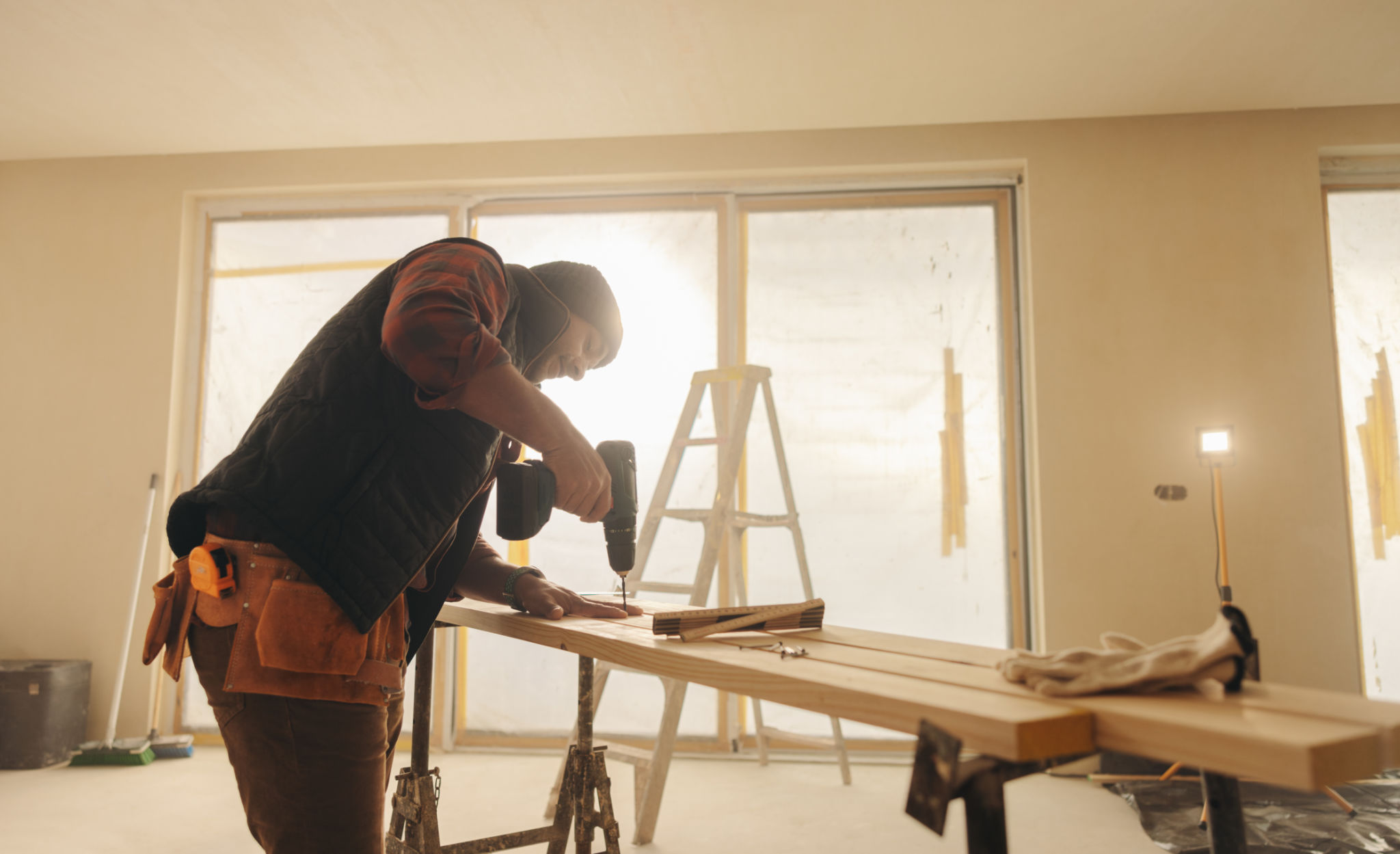Shipping Container Homes vs. Traditional Homes: A Buyer’s Guide
Introduction to Housing Options
As the housing market evolves, potential homeowners are exploring a variety of options beyond the traditional brick-and-mortar homes. One of the innovative alternatives gaining popularity is the use of shipping container homes. But how do these modern solutions compare to traditional homes? This guide will provide insights into both, helping you make an informed decision.

Cost Considerations
One of the main advantages of shipping container homes is their cost-effectiveness. Generally, they tend to be cheaper than traditional homes due to lower material costs and shorter construction times. A basic shipping container home can cost significantly less per square foot than a conventional home, depending on customization and location.
On the other hand, traditional homes, while often more expensive, can offer a broader range of financing options. Mortgages and home loans for traditional homes are widely available and may be easier to secure than financing for a shipping container home.
Construction and Design Flexibility
Shipping container homes offer a great deal of design flexibility. They can be stacked and arranged in various configurations, allowing for creative architectural designs. Moreover, they can be constructed relatively quickly, reducing the waiting time before move-in.
Traditional homes, however, provide a more extensive range of architectural styles and design options. From colonial to contemporary, traditional homes offer a variety of aesthetics to suit different tastes. The construction process, although longer, allows for detailed customization.

Sustainability and Environmental Impact
For eco-conscious buyers, shipping container homes can be an attractive option. These homes repurpose used containers, reducing waste and promoting recycling. Additionally, their compact size often results in a smaller carbon footprint compared to larger traditional homes.
Traditional homes can also be eco-friendly, especially when built with sustainable materials and energy-efficient designs. However, they generally require more resources for construction and maintenance.
Durability and Maintenance
Shipping container homes are inherently durable due to their steel construction. They are designed to withstand harsh conditions at sea, making them highly resilient. However, they may require additional insulation and protection against rust over time.
Traditional homes are built to last with proper maintenance. They offer excellent insulation and protection from the elements, but they may require regular upkeep such as roofing repairs and exterior painting.

Zoning and Legal Considerations
Zoning laws and building codes can affect the feasibility of building a shipping container home. Some areas may have restrictions that complicate or prevent the construction of non-traditional structures.
Traditional homes typically face fewer zoning issues as they are more widely accepted by local authorities. However, it's still essential to ensure compliance with local building codes and regulations.
Resale Value
The resale value of a home is an important consideration for many buyers. Traditional homes have a well-established market value and are generally easier to sell.
Shipping container homes, being relatively new to the market, might have uncertain resale values. However, their uniqueness and modern appeal can attract niche buyers looking for sustainable living options.
Conclusion
Choosing between a shipping container home and a traditional home depends on various factors including budget, design preferences, sustainability goals, and legal considerations. Both options have their unique advantages and drawbacks. By understanding these differences, you can make a decision that best fits your lifestyle and financial situation.
